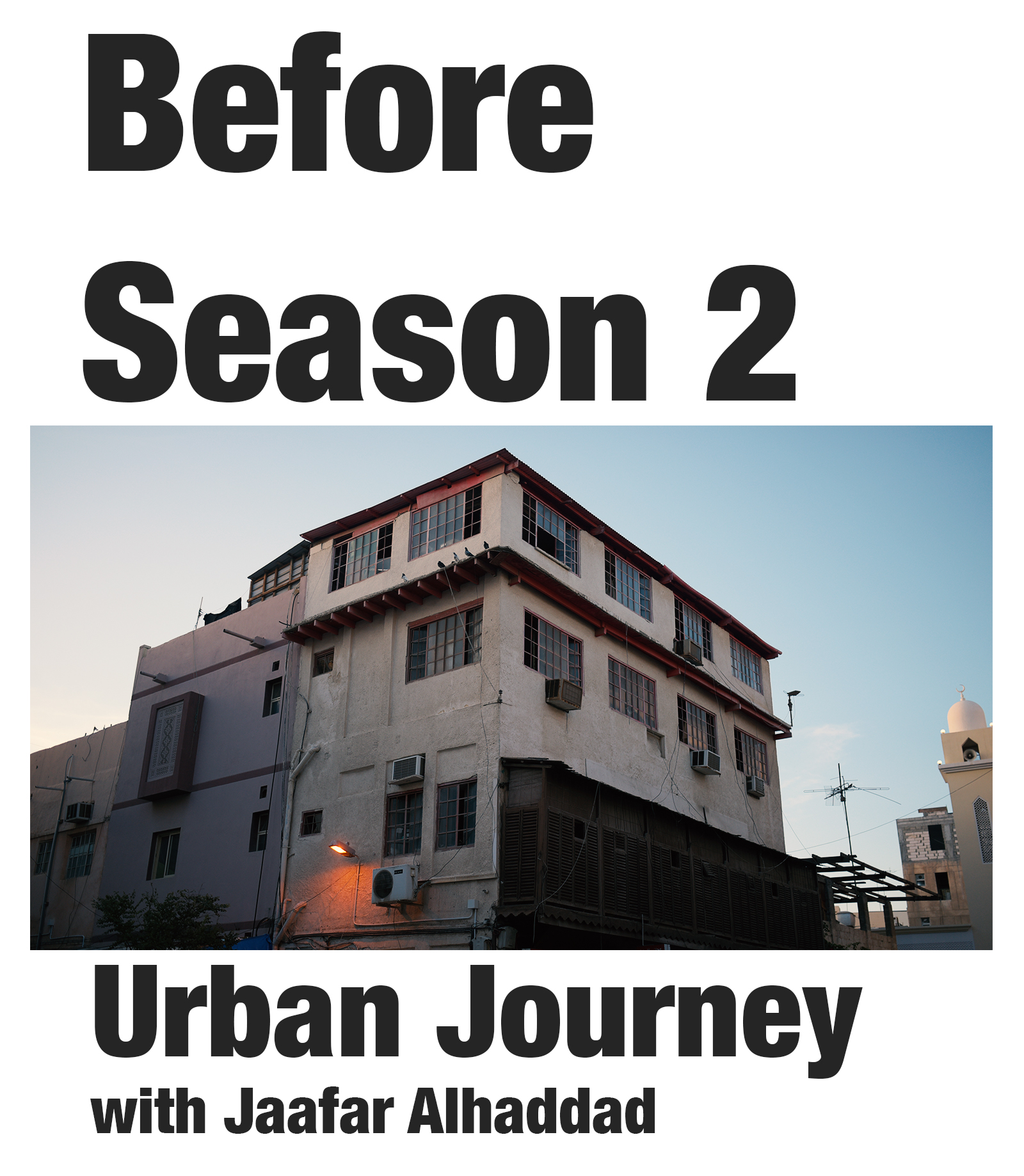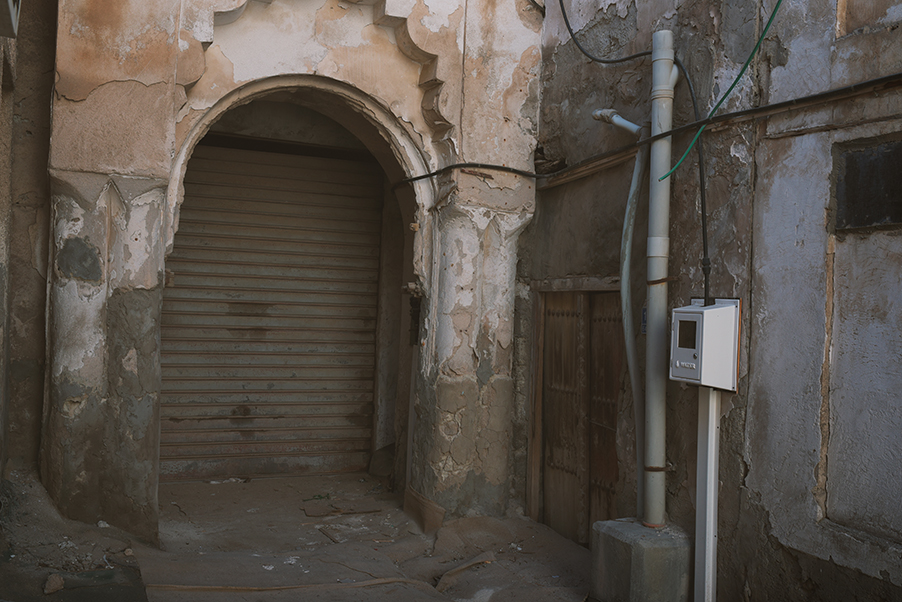
“This door is older than you! …”
– Unknown person said that to me while I was taking photos of a door
“هذا الباب أكبر منك …”
_شخص لا أعرفه معلقاً عليّ و أنا اصور أحد الأبواب
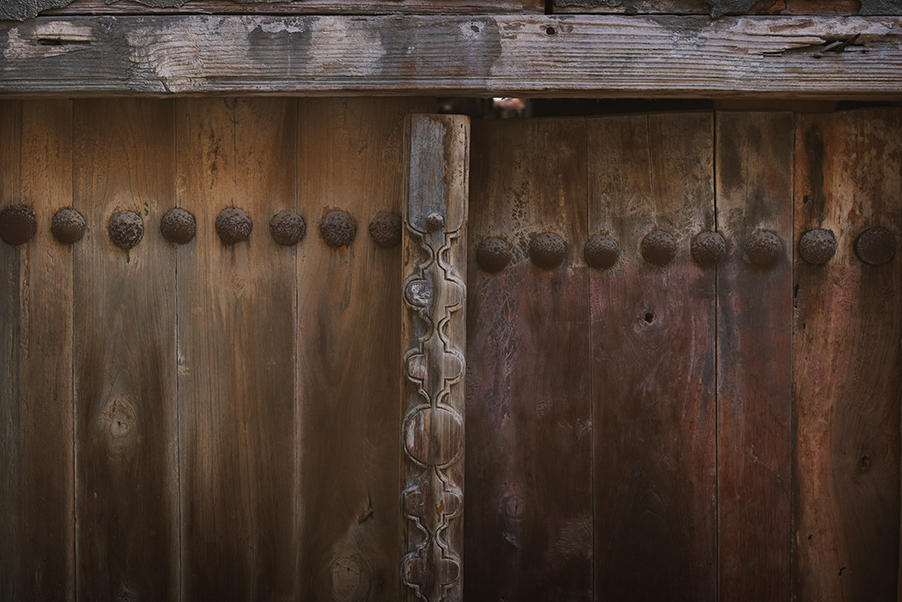
تأتي هذه التدوينة بعد تدوينة سابقة تتحدث عن الأبواب بشكل عام، و لعلني وقتها قد وعدت أحد المتابعين بكتابة جزء ثانٍ لتلك التدوينة، لكنني اليوم قررت العدول عن ذلك، لن أترك الحديث عن الأبواب! بل سأذهب في هذا الاتجاه بشكل أعمق، سأفتح اليوم سلسلة من التدوينات حول عناصر العمارة المستخدمة في بناء المنامة، أو سنخصها أكثر في حيّ العوضية، سنبدأ بالأبواب، و نمضي في الأسابيع القادمة نحو النوافذ و المشربيات و الباركَير، و من هنا نبدأ…
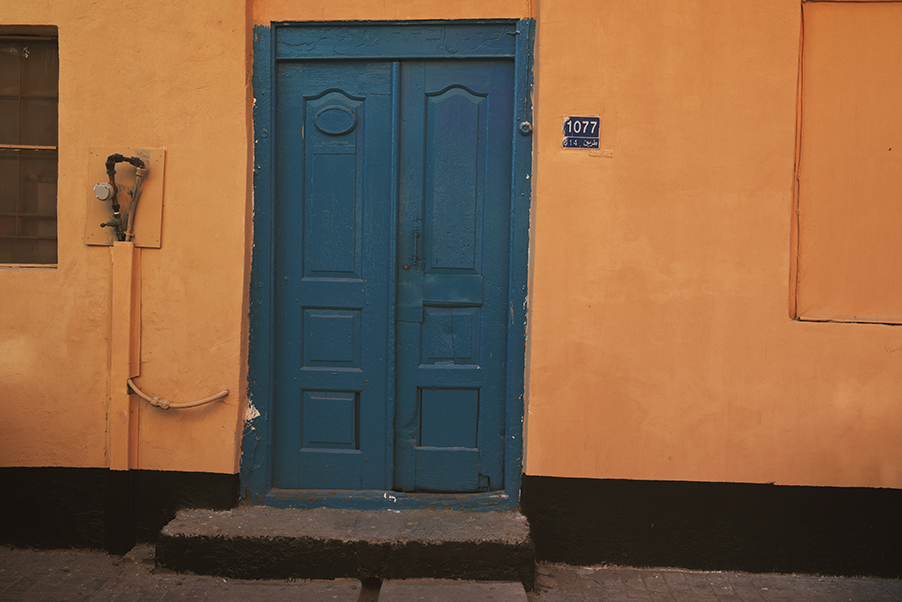
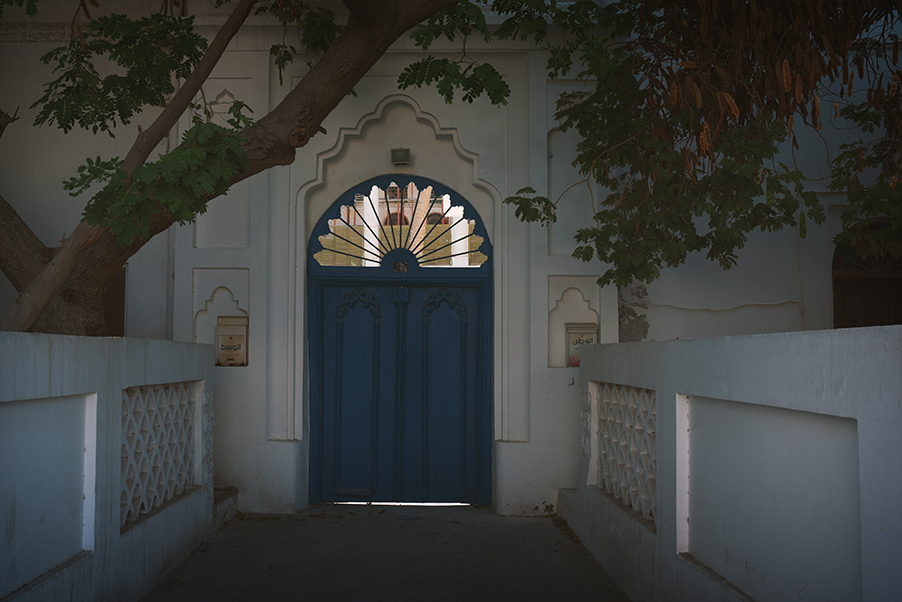
لا نختلف على أن شارع عيسى الكبير كن علامة فارقة في العِمارة المحلية، بعقل مالكي العقارات على طرفيه، لكن العوضية لا تختلف كثيراً عنهم، بدأ من أنها تقع على أحد أطراف هذا الشارع، وصولاً على مالكي العقار في العوضية، و هم مجموعة تجار، استوطنوا الحيّ لقربة من السوق1، فأصبح المسار لهم قريب، مع جو عام هادئ و راقي فيما بين بيوتهم، هذا الجو العام كان ينتج في نهاية المطاف حركة اهتمام واسع بالعِمارة بجميع جوانبها، فمع القدرة المادية، إلى الايمان بأن المباني تعتبر واجهة عرض لحياتهم و مكانتهم، الباب هو ايضاً كعنصر مهم لم يخرج من دائرة الإدراك هذه.
الأبواب هنا تتألف من أنواع عديدة، و أحجام كبيرة، لكنها جميعها من خشب! يعتبر الخشب العنصر الرئيس هنا، مع بعض التطعيمات من الحديد، كالأقفال و غيرها، لكن المميز هو أن هذه الأبواب و الأفقال ما زالت على حالها، فأهل العوضية و إن هجروا مضاجعهم، إلا أنهم في أحوال كثير خلفوا وائهم إرث معماري غني! حيث أن الأبواب العالية هذه تحمل بين جوانبها قصص كثيرة، فالتفاصيل هنا ليست كما هي في المنامة، هنا الأبواب أنظف، و أكثر ترتيباً، لهم كذلك هيبة أكثر، فالحياة تدور حولهم دائماً.
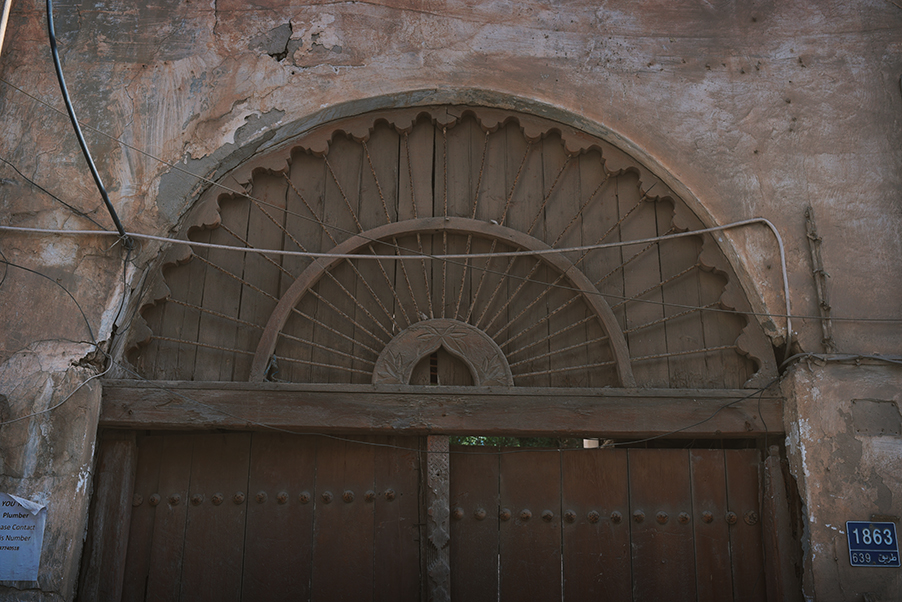
هنا، في العوضية، لا أرى الأبواب كسد ينظم الدخول و الخروج فقط، بل أصبحت عنصر مهم من عرض الهوية المحلية، فما أن يستمر الباب على حاله فترة طويلة، حتى توقن بأن أصحابه في المقمام الأول كانوا أكثر حرصاً عليه، الموضوع طويل، و لا أعلم إذا كنت سأكتب في الأمر أكثر لاحقاً، لكن ما أعلمه هو أن الأبواب اليوم لا تحمل كل هذا الأثر، و لعلني سأبين هذا الأمر في الأسبوع القادم
الجمعة 16 كانون الأول 2016م
I’m writing this blog after a previous one talked about Manama doors in general. I told one of the readers after the previous blog that I will write another blog talking about more details. But, I won’t do that today. We are going to talk about Doors, in more specific way. This blog and the next ones, will focus on the architectural elements of Manama Architecture, specifically architecture in Al-Awadheyah. We will start talking about the doors, then widows, Mashrybiya, Badaqur (the wind tower)… etc.


I’m writing this blog after a previous one talked about Manama doors in general. I told one of the readers after the previous blog that I will write another blog talking about more details. But, I won’t do that today. We are going to talk about Doors, in more specific way. This blog and the next ones, will focus on the architectural elements of Manama Architecture, specifically architecture in Al-Awadheyah. We will start talking about the doors, then widows, Mashrybiya, Badaqur (the wind tower)… etc.
Many kinds of doors available here. Many sizes. But all of them are wooden. Wood is the main material here with some parts of iron or steel, like the lock. These doors are still fabulous! And people still use them. Even of the locals left the neighborhood, they left a very wealth architecture behind them! Where each element has a lot of stories through its details. In contrast to what exist deeply in Manama -nearer to the souq- doors here are much nicer and well organized. It’s clear how people takes care about them more, which reflects their love to these doors.

Here, In Al-Awadheyah, I don’t see doors as a shield. It’s something more. Doors here are a very important element to present the local identity, how locals believes in Architecture, and how the work lives for ages if you do it with LOVE! I don’t know if I will write more about these doors or not, but what I really know is nowadays doors are not meaningful like that. I might show you that next week!
Friday 16th December 2016.
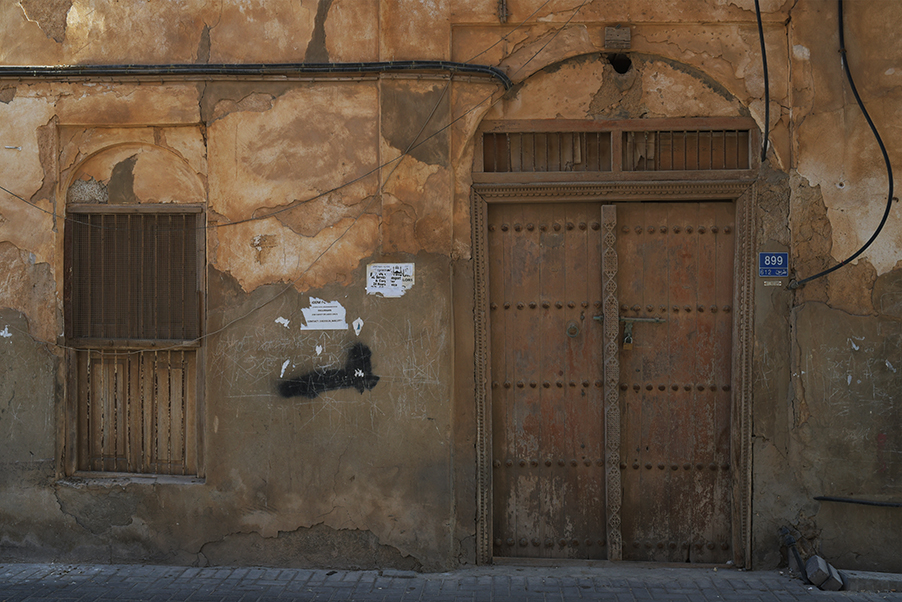
1عبدالكريم العريض، كتاب المنامة في خمس قرون
1 Abdul Karim Al-Orrayed – “Manama in five centuries” Book





